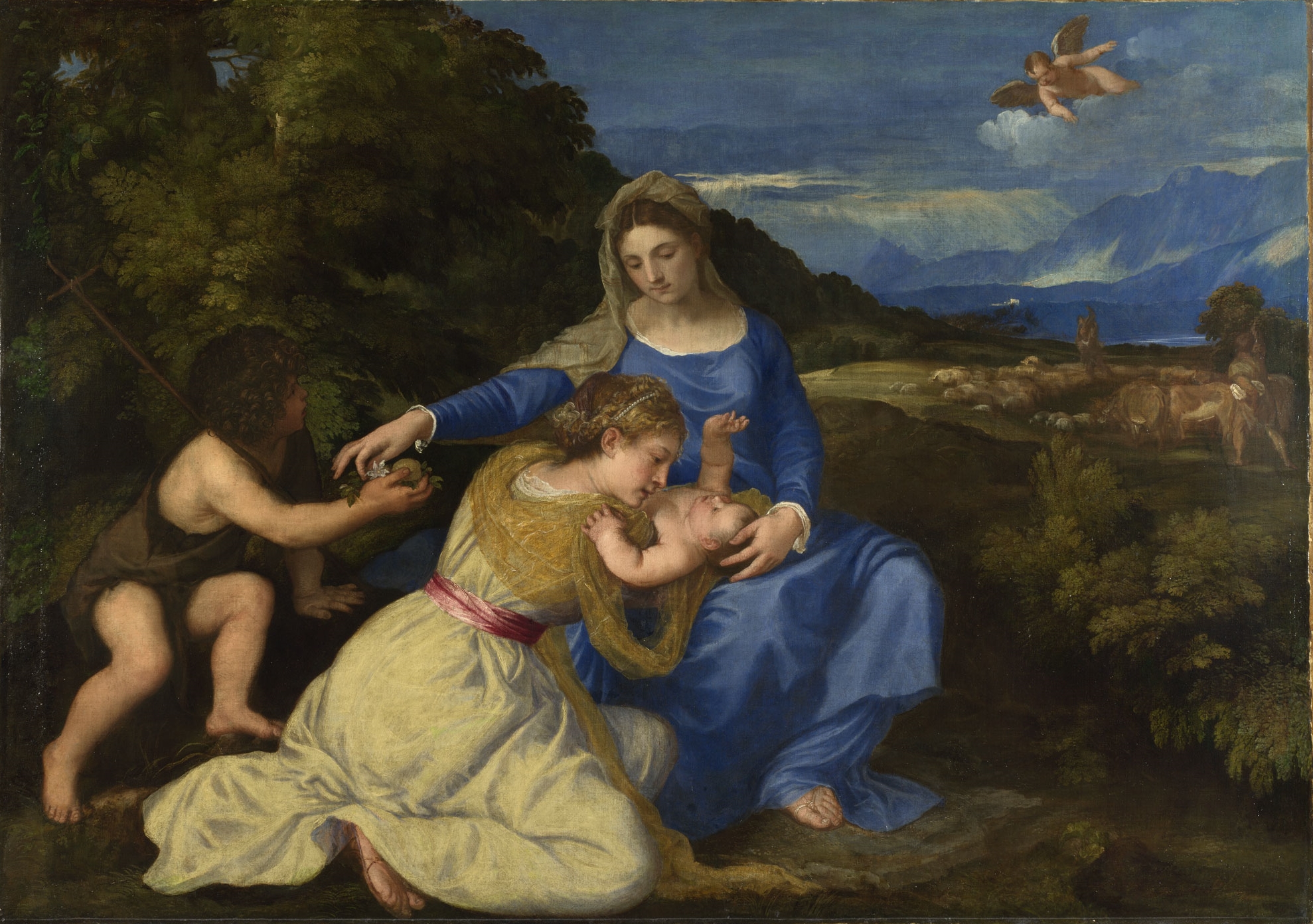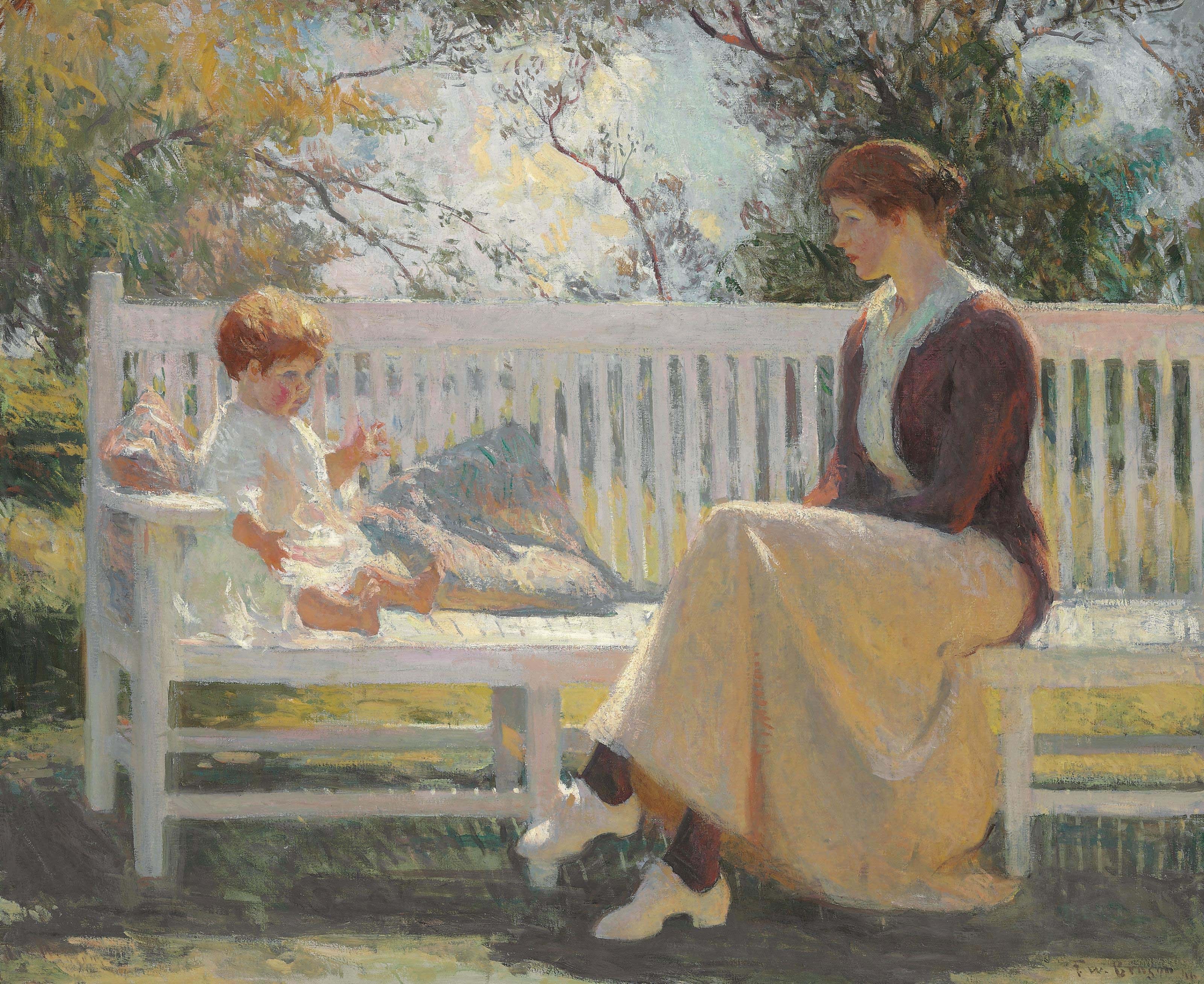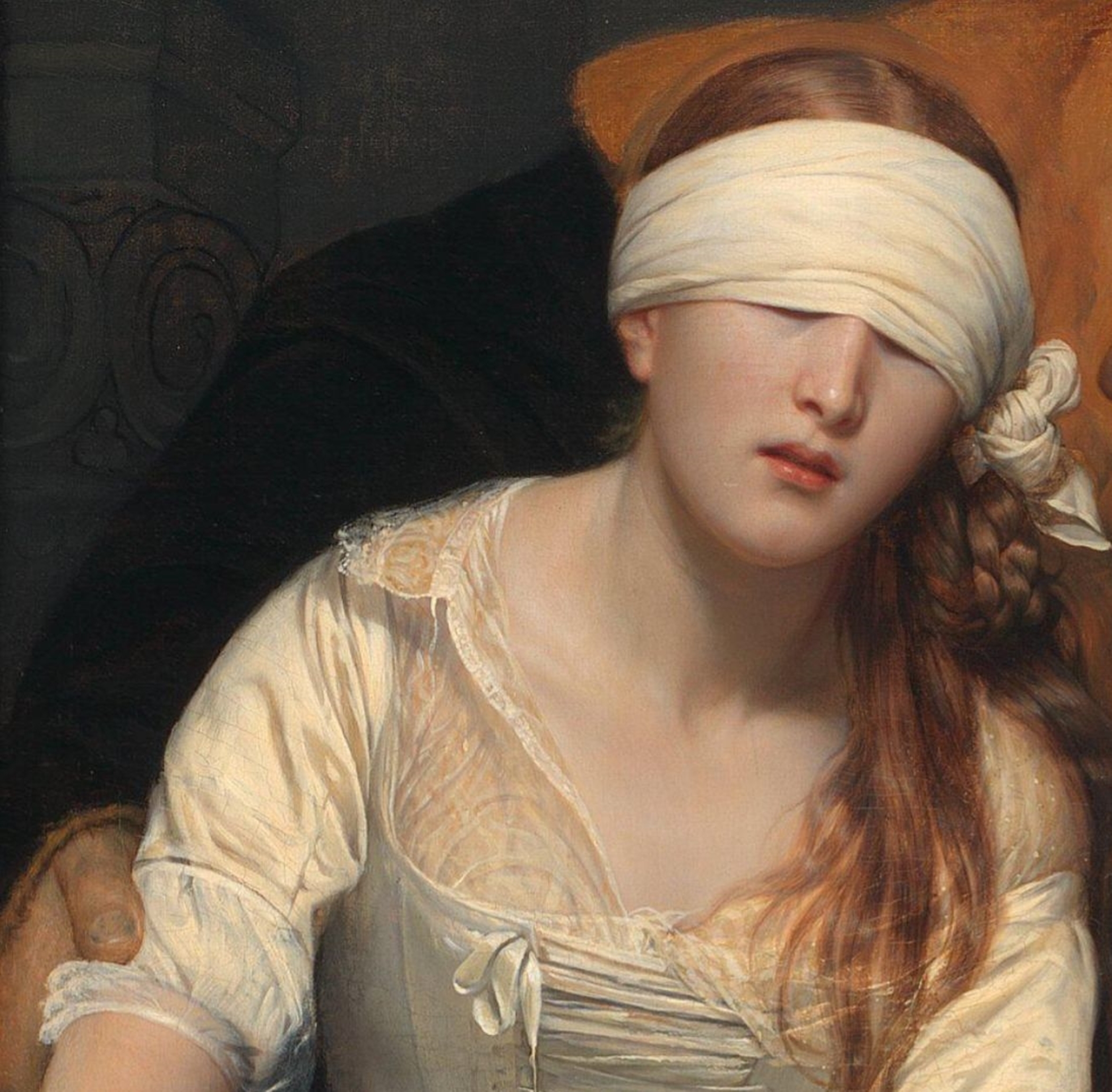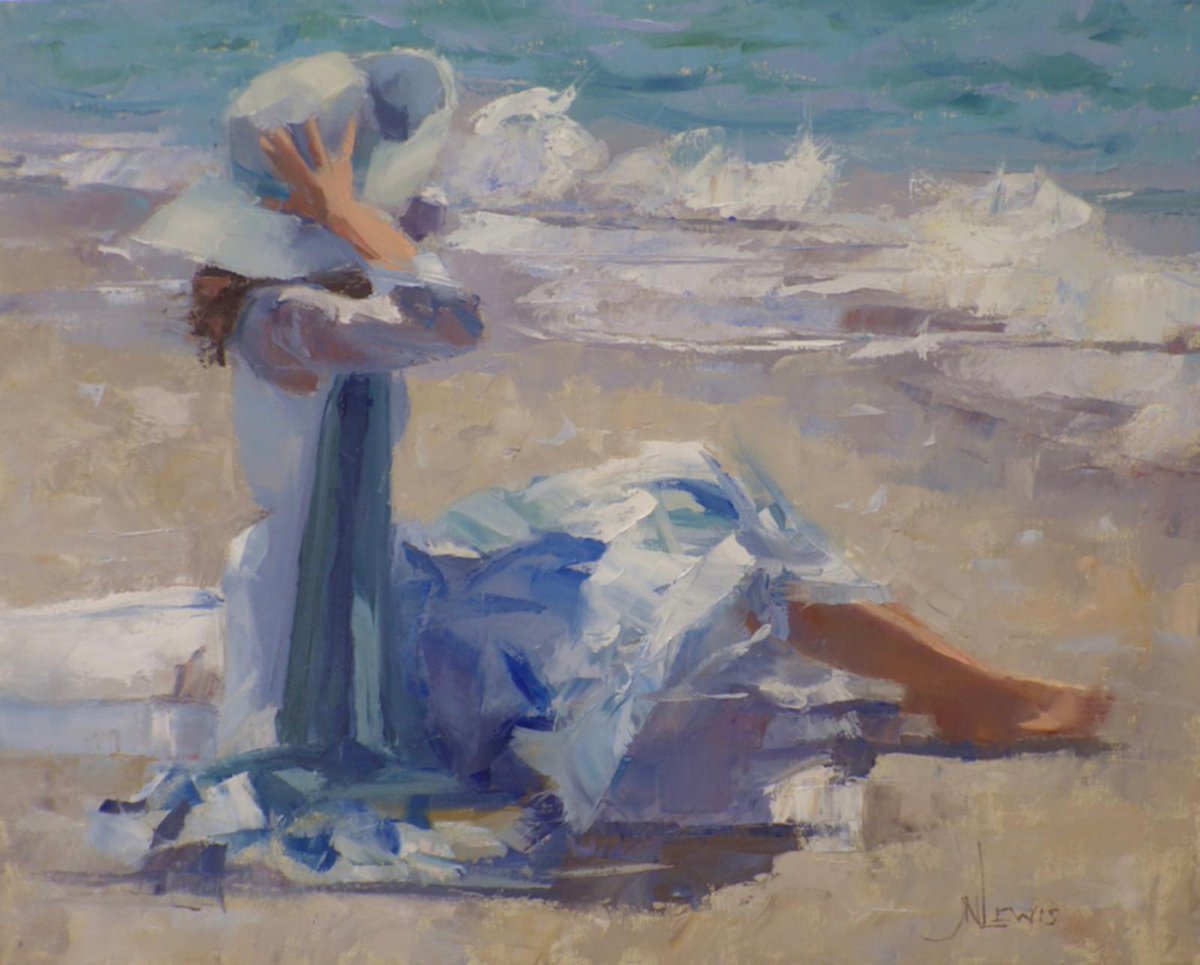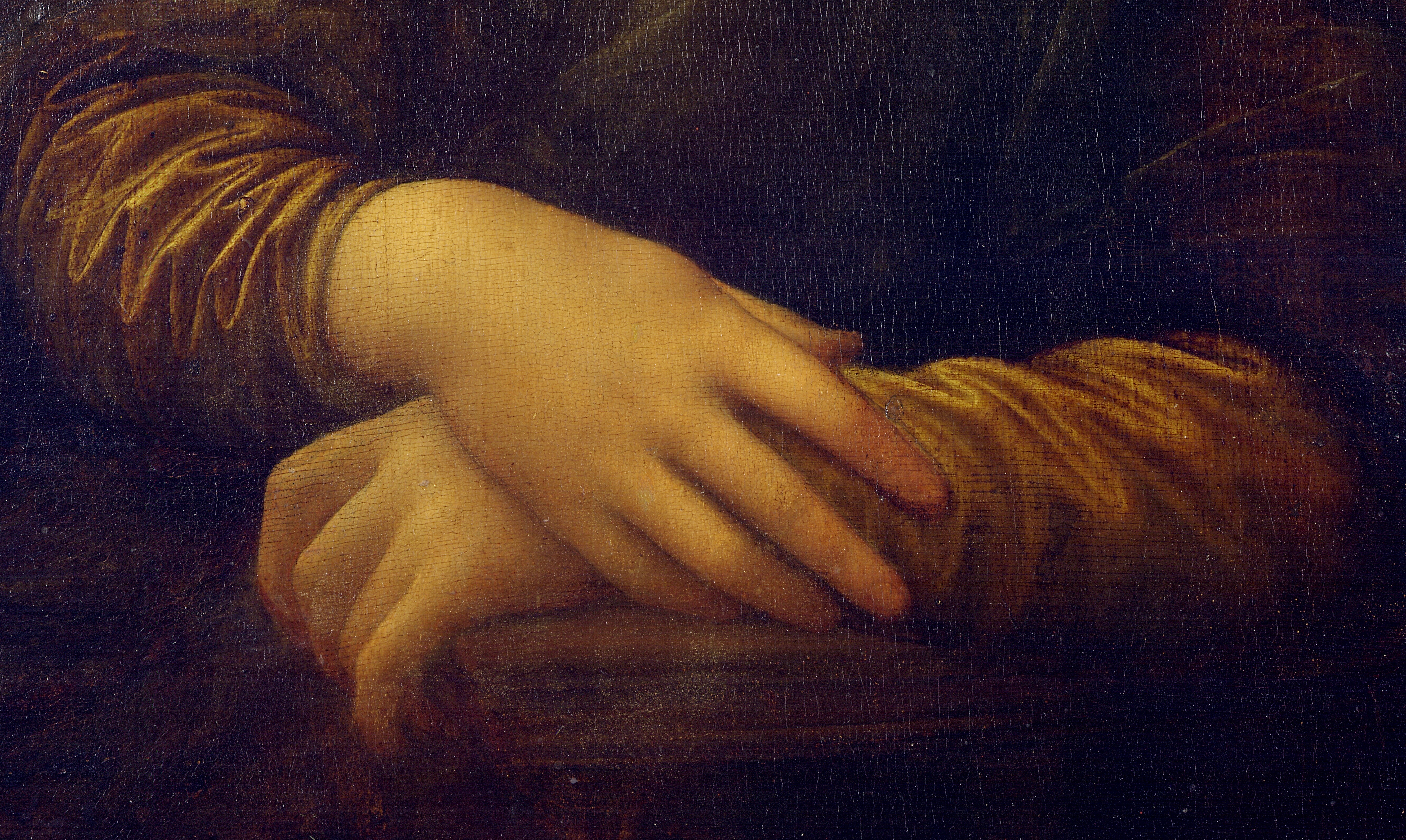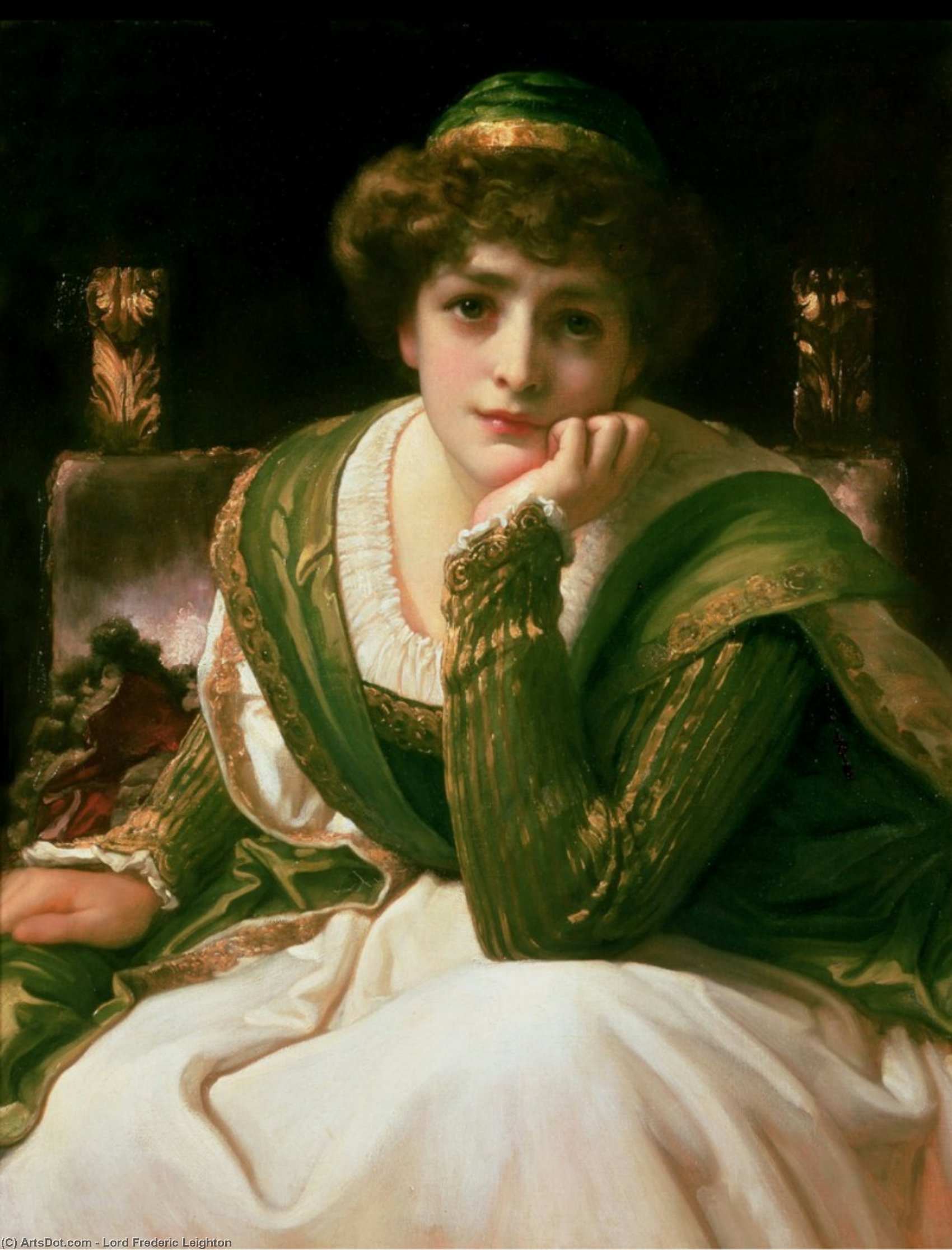Look in thy glass, and tell the face thou viewest | Sonnet III
Look in thy glass, and tell the face thou viewest
Now is the time that face should form another;
Whose fresh repair if now thou not renewest,
Thou dost beguile the world, unbless some mother.
For where is she so fair whose unear'd womb
Disdains the tillage of thy husbandry?
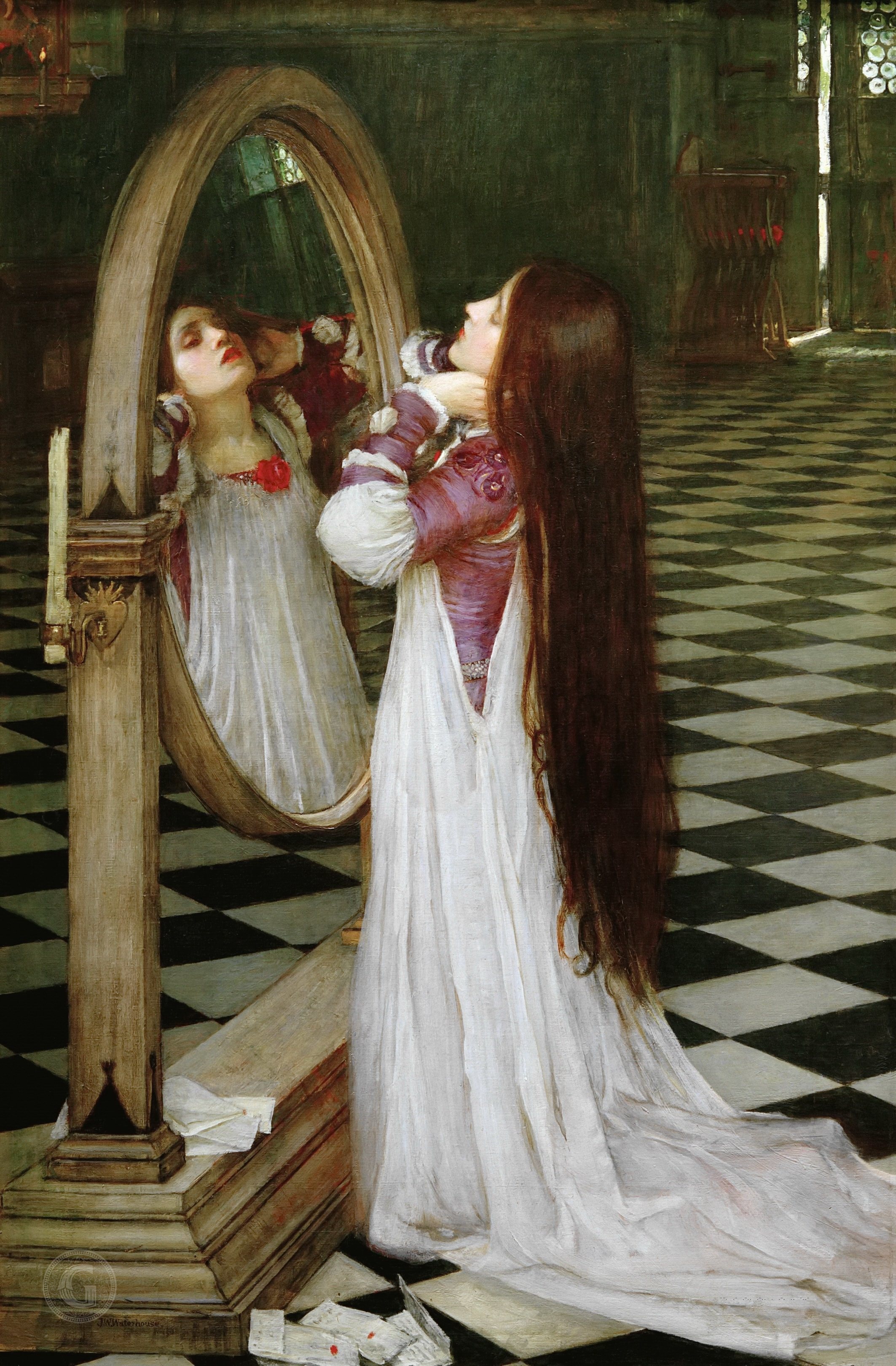 |
| John William Waterhouse | Mariana in the South, 1897 |






